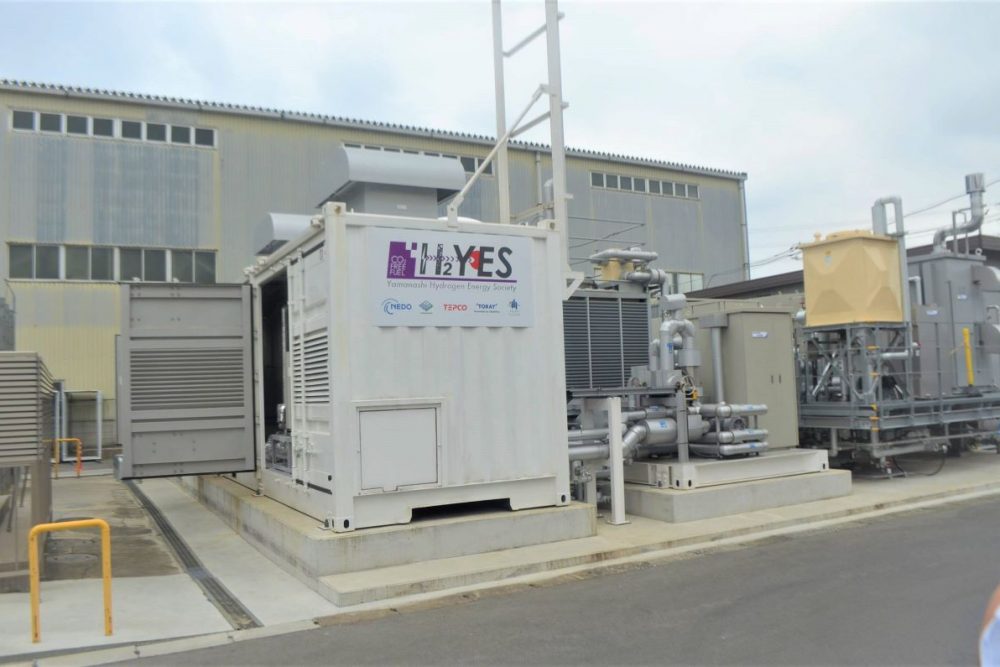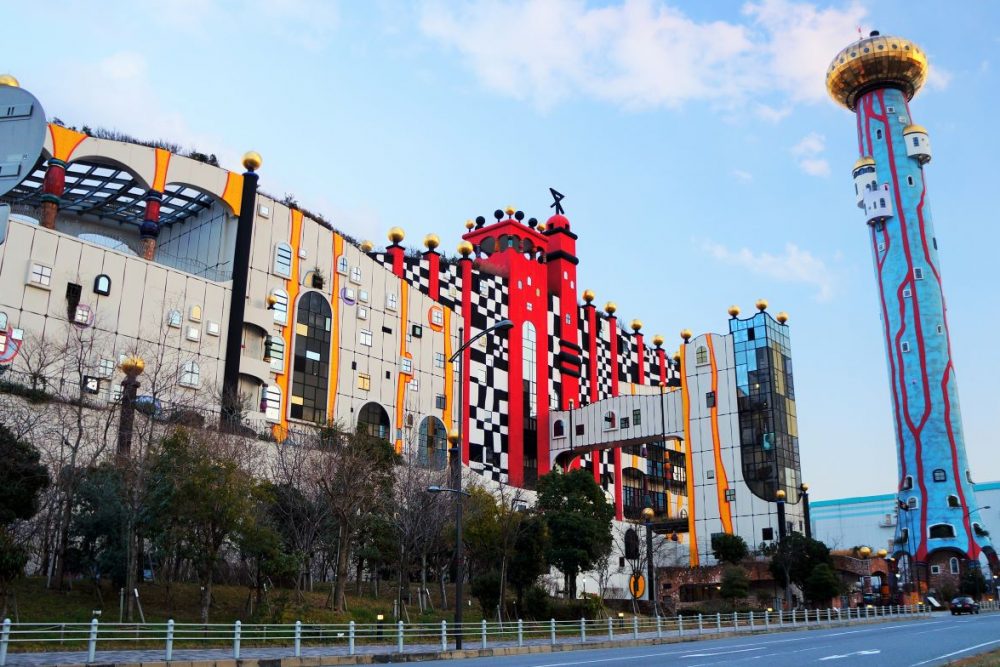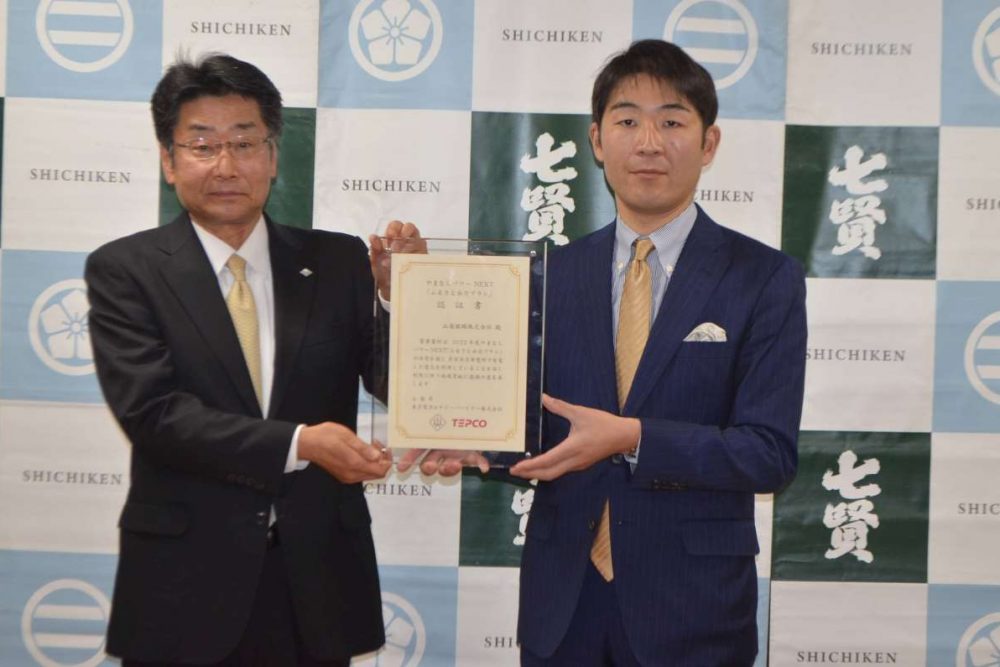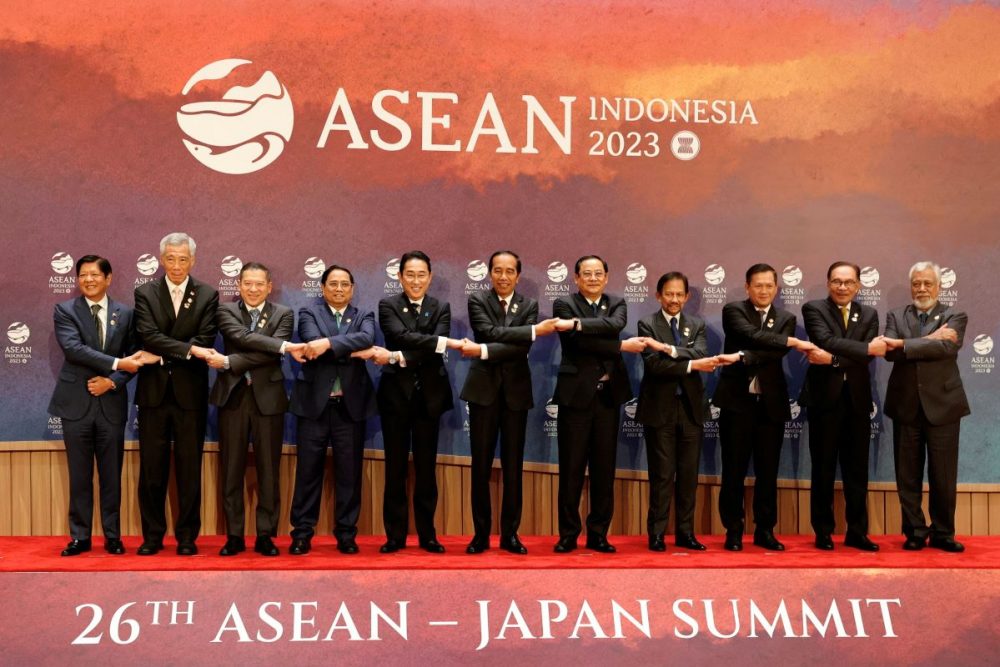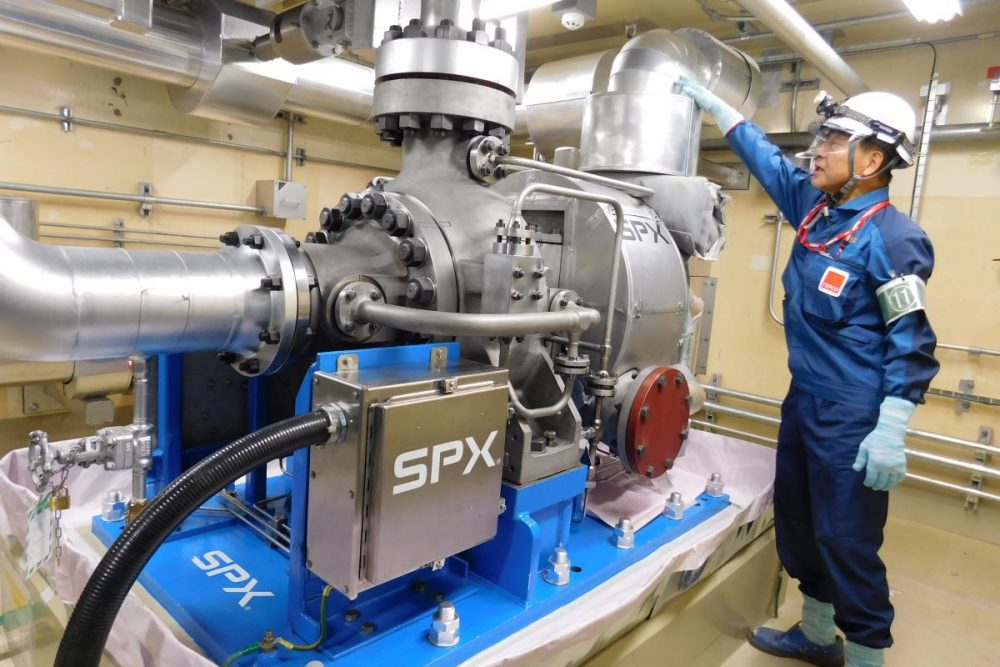GX: Nuclear Power To Play a Key Role in New Green Transformation Roadmap
Major shifts in industrial and energy policy are part of a new 10-year roadmap to realize GX, including extended operation of existing nuclear power plants.
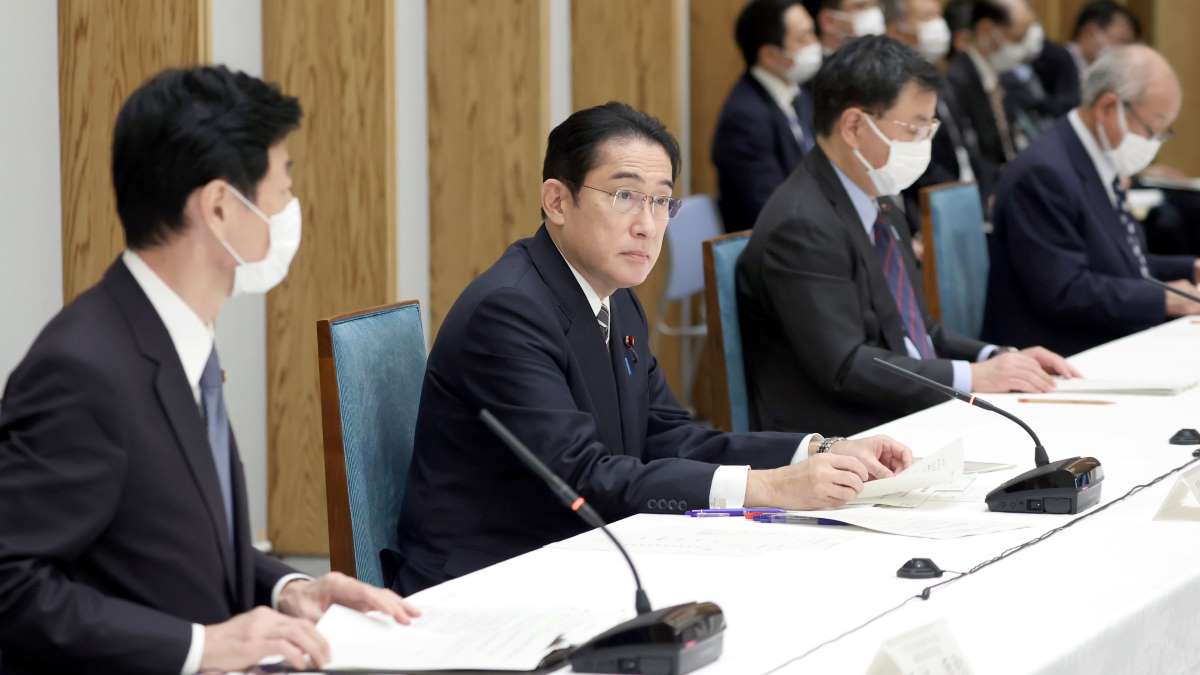
このページを 日本語 で読む
On December 22, the Kishida administration held a meeting of the Green Transformation (GX) Implementation Council to deliberate the path to transitioning to a decarbonized society.
The Council hammered out basic policy, creating a roadmap for the next 10 years toward the realization of GX.
GX Roadmap's Two Pillars
The policy has two pillars. The first involves measures to ensure a stable energy supply in the immediate future, including the establishment of a new rule that would allow nuclear power plants to operate beyond 60 years. The second is the introduction of carbon pricing (CP) that would require companies to pay for their CO2 emissions. Both are aimed at a major shift in Japan's industrial and energy policies.
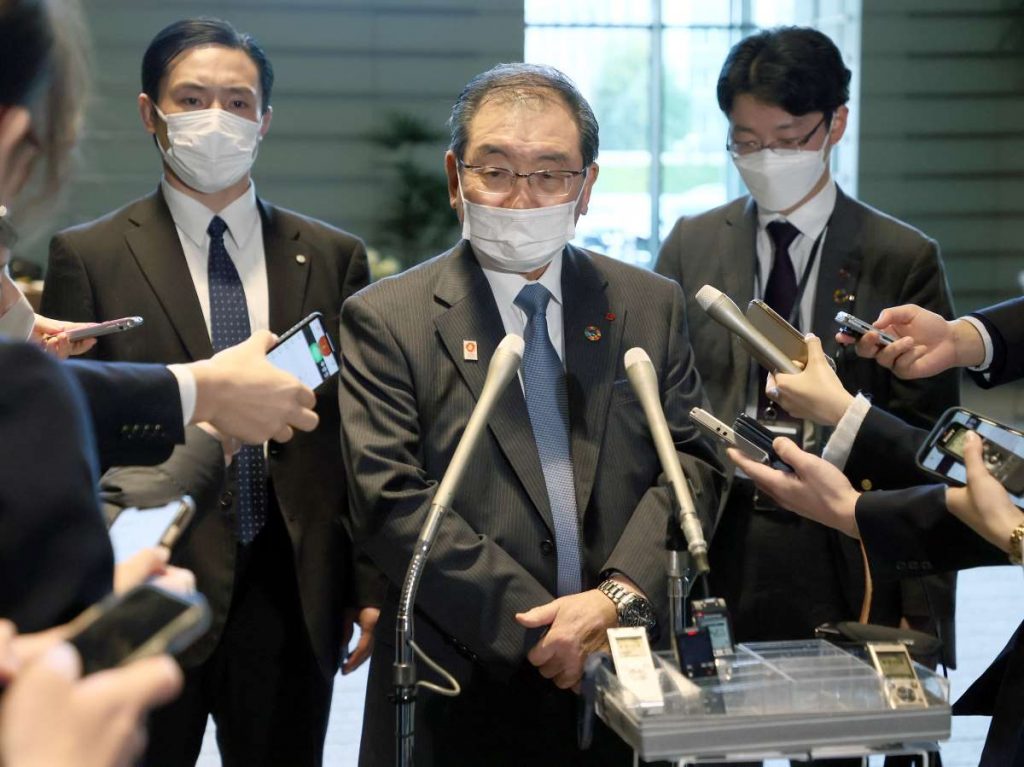
Prime Minister Kishida indicated that the administration would continue to review and maintain flexibility in its approach. He stated, "GX requires a major transformation of the economy and society overall. The situation will change alongside technological progress and the various efforts of other countries."
After soliciting opinions from the public, a Cabinet decision will be made. Subsequently, a draft amendment to the Nuclear Reactor Regulation Act and other related laws will be presented at an ordinary Diet session next year.
Role of Nuclear Power
The roadmap clearly states that nuclear power will "play an important role" in achieving both a stable energy supply and decarbonization. According to the roadmap, rules governing the length of operation of nuclear reactors, which currently stand at 40 years in principle and 60 years maximum, will be changed to allow for extended operation past 60 years.
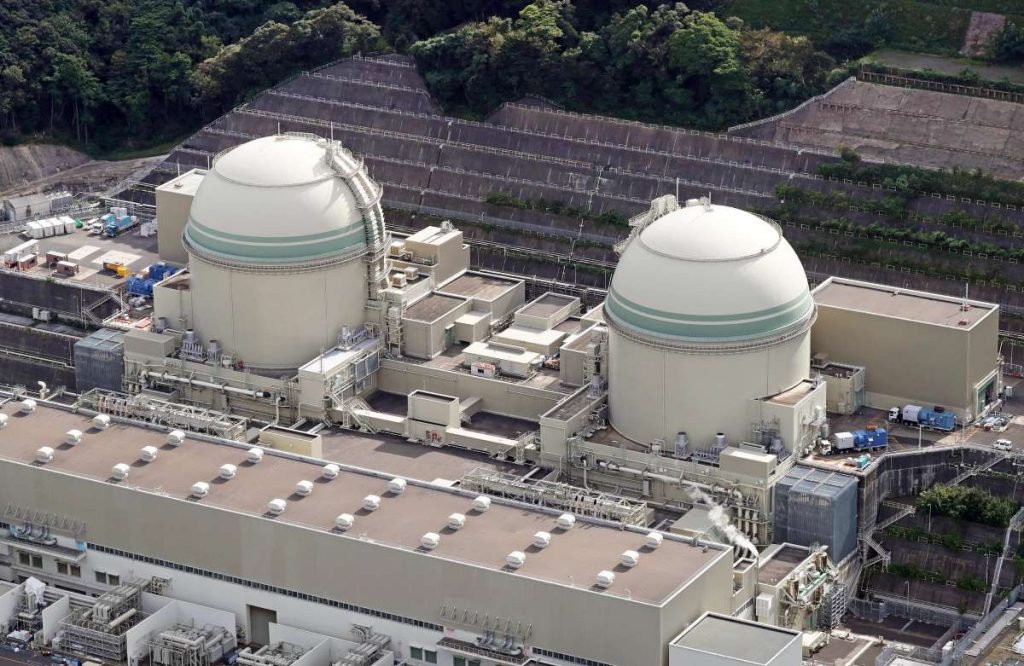
The aim is to maximize the use of existing nuclear power plants. Likewise, the period of time during which nuclear power plants were shut down after the accident at TEPCO's Fukushima Daiichi nuclear power plant will be excluded.
To ensure the sustainable use of nuclear energy, the plan also includes policy on rebuilding plants that are due for decommissioning, replacing them with next-generation nuclear power plants.
Carbon Pricing Mechanisms
The other pillar, carbon pricing, will involve the phased introduction of two mechanisms beginning in 2026. The first is a "levy" that importers of fossil fuels, such as electric power companies and oil wholesalers, will pay in proportion to the volume of fossil fuels handled. The other is an emissions trading scheme that will allow companies to buy and sell emissions reductions.
The government has announced its goal to achieve net zero greenhouse gas emissions by 2050. It estimates that a total of ¥150 trillion JPY in public and private investment will be required over the next 10 years to achieve this goal. Private sector investment will be encouraged by issuing ¥20 trillion JPY in GX bonds using funds obtained from carbon pricing to finance reimbursements.
The Kishida administration sees GX as a good opportunity not only to decarbonize but also to put the Japanese economy back on a growth trajectory. It remains to be seen if it can achieve a balance between decarbonization and economic growth.
このページを 日本語 で読む






